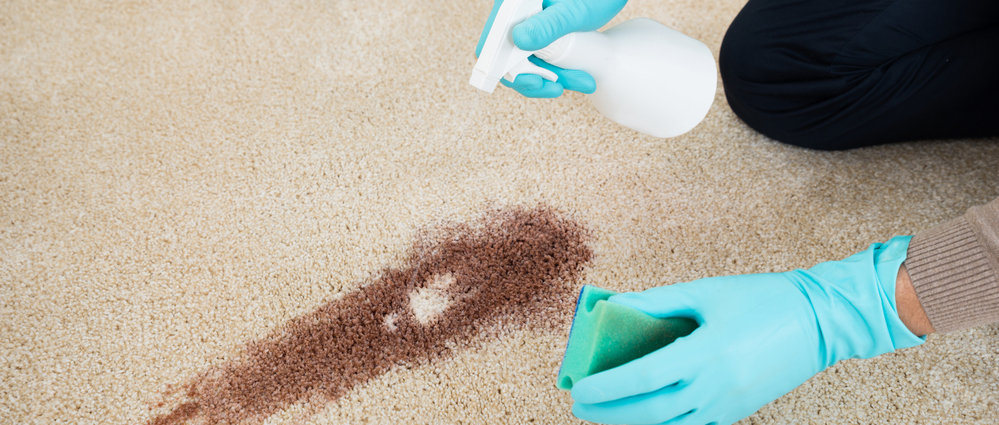Porcelain vs. Ceramic Tile
Dec 9, 2014

Tile flooring can be a great choice for many indoor and outdoor spaces and the ease of maintaining it is often very attractive.
One of the questions we frequently get from tile shoppers is “what’s the difference between porcelain and ceramic tile?”
And the answer is: all porcelain tile is ceramic tile, but not all ceramic tile is porcelain tile.
All ceramic tiles, including porcelain, are made out of clay, some additives (such as feldspar and quartz sand), and water. Once the tiles are formed they are kiln-fired at high temperatures and often glazed, which is where they generally obtain their color and pattern. The only difference between porcelain tile and regular ceramic tile is that the clay used in porcelain tile is more highly refined and purified. Consequently, porcelain tiles are denser than a standard ceramic tile.
Porcelain tiles usually have a much lower absorption rate (less than 0.5%) than non-porcelain (or regular ceramic) tiles which makes them better suited for flooring.
However, the most important factor to look for when selecting a tile, is it’s PEI (or Porcelain Enamel Institute) factor. This is a wear resistance test that reveals how resistant a tile is to surface wear.
PEI ratings generally go as follows:
- PEI – 1 is the softest tile. It is ideal for walls.
- PEI – 2 can be used in residential applications where there is low traffic, such as a bathroom.
- PEI – 3 is appropriate for all residential applications, and medium commercial applications.
- PEI – 4 can withstand heavy commercial use and all interior uses. It is not recommended for outdoor use in climates that are susceptible to hard winter freezes.
- PEI – 5-6 is the hardest tile and can be used in any application.
- Non-vitreous- water absorption of more than 7.0% by volume. This tile should be used in dry areas such as around a fireplace or on a dry wall.
- Semi-vitreous – water absorption of more than 3.0 percent, but not more than 7.0 percent. This tile is best suited for areas that occasionally get wet, but will likely not with-hold standing or constant water, such as a kitchen backsplash or countertop.
- Vitreous – water absorption of more than 0.5 percent, but not more than 3.0 percent. Can be used in just about any indoor application including shower walls and floors, or outdoors in climates that don’t freeze.
- Impervious – water absorption of 0.5 percent or less. Any indoor or outdoor application.
3/30/2012 10:19:00 AM

